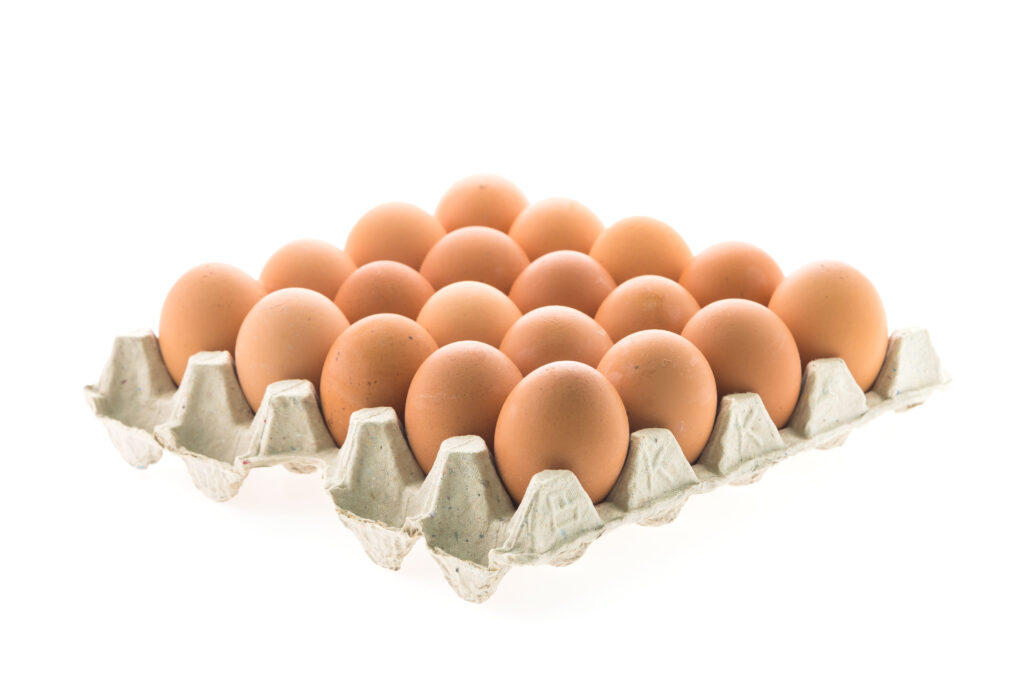
In an age where sustainability and eco-friendliness are no longer optional but imperative, egg tray paper pulp manufacturers stand at the forefront of environmental responsibility. The global shift towards biodegradable packaging has elevated the demand for molded pulp products like egg trays, which are not only recyclable and compostable but also offer effective protection for fragile goods.
However, the manufacturing of these seemingly simple trays involves a sophisticated process rooted in science, engineering, and innovation. Understanding the paper pulp manufacturing process—and the key considerations involved—is critical for manufacturers looking to maintain quality, efficiency, and environmental compliance.

In this blog, we’ll explore the essential aspects of the paper pulp manufacturing process specific to egg tray production, from raw materials to quality control, sustainability practices, and technological innovations.
1. Raw Material Selection: The Foundation of Quality
Waste Paper or Virgin Pulp?
The majority of egg tray paper pulp manufacturers use recycled paper as their primary raw material. This includes:
- Old newspapers (ONP)
- Corrugated boxes
- Office waste paper
- Carton waste
Recycled paper significantly reduces manufacturing costs and environmental impact. However, some high-quality trays, especially those meant for export or specialized use, may include a mix of virgin pulp for added strength and consistency.
Contaminant Management
Before pulping, all materials are screened for contaminants such as plastics, metals, and adhesives. Efficient pre-processing not only protects machinery but ensures the integrity of the final product.
2. Pulping Process: Turning Paper into Moldable Material
Once raw materials are selected and sorted, the next stage is pulping. This involves breaking down the paper fibers in water using hydraulic pulpers.
Key Considerations:
- Consistency Control: The fiber-to-water ratio must be carefully managed to ensure proper pulp density. Too thick, and it won’t form well; too thin, and it wastes energy and resources.
- Fiber Length: Longer fibers from certain papers enhance tray strength and durability. Manufacturers must balance between short and long fibers based on the intended use of the trays.
- Defiberization Time: The duration and intensity of pulping affect fiber integrity. Over-pulping can weaken fibers, while under-pulping leads to poor tray formation.
3. Screening and Cleaning: Ensuring Purity and Uniformity
After pulping, the slurry goes through several stages of screening and cleaning to remove fine particles, ink residues, and unwanted debris.
Techniques Involved:
- Fine screening: Removes small contaminants like plastics and glue.
- Centrifugal cleaning: Separates heavier particles like sand or staples from the fiber.
- Deinking (if needed): Particularly for high-quality trays, deinking ensures a lighter, cleaner pulp.
This step is crucial to prevent defects like rough surfaces, weak spots, or discoloration in the final egg trays.
4. Molding and Forming: Giving Shape to the Pulp
Once the pulp is ready, it is transferred to molding machines. Here, the pulp is vacuum-formed into tray shapes using molds made from aluminum or other durable materials.
Key Considerations:
- Vacuum Pressure: Must be optimized to extract water and shape the pulp uniformly.
- Mold Design: Precision molds ensure consistent tray size and shape, vital for stacking and packaging.
- Drainage and Airflow: Proper drainage channels on the molds help in quick water removal and reduce drying time.
5. Drying Process: From Wet Pulp to Sturdy Trays
The molded trays, still wet, are then passed through a drying process, which could be:
- Hot Air Drying: Most common for medium-to-large-scale operations.
- Sun Drying: Used by small manufacturers in regions with high ambient temperatures.
- Infrared or Microwave Drying: More energy-efficient and precise but also costlier.
Efficiency Factors:
- Drying Time vs. Energy Use: Longer drying times consume more energy and reduce output.
- Uniform Drying: Uneven drying leads to warping or brittleness, affecting product usability.
6. Finishing and Quality Control
After drying, trays may undergo trimming, pressing, or additional treatments to improve stackability and appearance. This is followed by a stringent quality control process.
Inspection Points:
- Structural integrity (no weak spots or tears)
- Surface smoothness
- Color consistency
- Dimensional accuracy
In some cases, waterproofing or flame retardant coatings may be applied, especially for custom orders.
7. Environmental Compliance and Sustainability
Egg tray paper pulp manufacturers are under increasing pressure to meet environmental regulations. Adopting sustainable practices is not just a legal requirement but also a market differentiator.
Best Practices:
- Water Recycling: Reusing process water reduces consumption and effluent load.
- Energy Efficiency: Using solar panels or biomass boilers to power dryers.
- Waste Management: Proper disposal or reuse of sludge and rejected material.
Manufacturers committed to sustainability often secure certifications like ISO 14001, which further boost their credibility in global markets.
8. Technological Innovations: Automation and AI
The integration of technology in pulp manufacturing is reshaping the industry.
Recent Trends:
- AI-Powered Process Control: Real-time monitoring of pulp consistency and quality.
- Automated Mold Cleaning Systems: Reduce downtime and improve hygiene.
- IoT Sensors: Track machine performance and maintenance needs.
Such innovations not only increase production efficiency but also ensure consistent product quality and traceability.
Conclusion: Precision, Purity, and Purpose
For egg tray paper pulp manufacturers, the path to excellence lies in attention to detail at every stage—from raw material sourcing to pulp formulation, molding, drying, and quality assurance. With growing demand for sustainable packaging, the competition is fierce, but so is the opportunity.
Investing in efficient processes, sustainable practices, and smart technologies can elevate manufacturers from commodity producers to industry leaders.
Whether you’re a startup entering the molded pulp industry or an established manufacturer looking to scale, understanding and optimizing each step of the paper pulp manufacturing process is the key to long-term success.
Final Thought
As consumers become more eco-conscious, the need for biodegradable packaging like molded egg trays will only continue to grow. The question is not if you should optimize your pulp manufacturing process—but how soon you can do it.